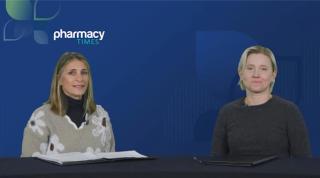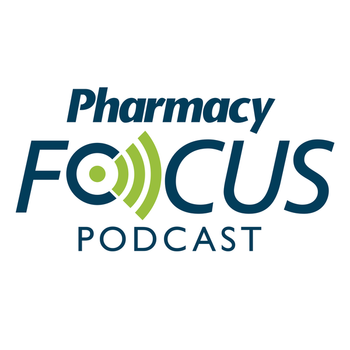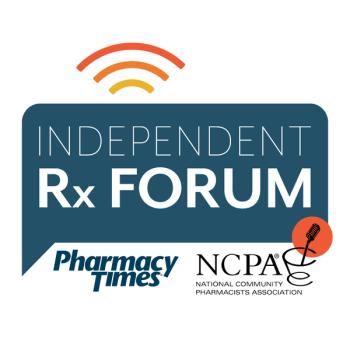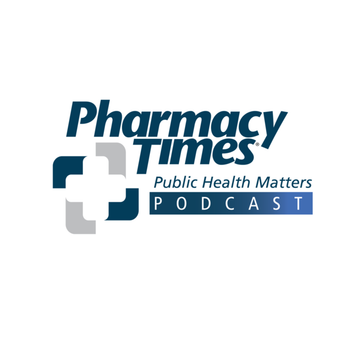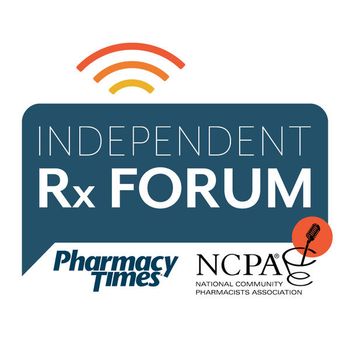
Reimbursement
Latest News

Latest Videos

Podcasts
CME Content
More News

Scott A. Soefje, PharmD, MBA, BCOP, explained how the expanding use of the FDA’s 505(b)(2) drug approval pathway is creating operational and reimbursement challenges for oncology infusion centers.

Building on a previous report that revealed corrupt business practices among the big 3 PBMs, a second interim report finds that PBMs heightened prices for important specialty generic drugs to increase their profit margins.
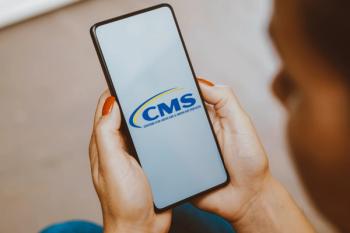
It is valuable for pharmacists to understand exactly how price transparency data are sourced, what information can be found, antitrust concerns, and implications for the pharmaceutical industry.

For biosimilars to overcome these entrenched market dynamics, they must not only compete on price but actively work to build a network of support among providers and patients.

The decision by the Supreme Court has the potential to upend the power of regulatory agencies to shape the health care landscape of the country.

The new prices are expected to go into effect for patients with Medicare Part D on January 1, 2026.

Investigators find that this could suggest the biosimilar uptake alone may not be a complete measure of the market competition and lowering prices.

Australia, Québec, and Sweden have defined processes for reimbursements by health technology assessments, but the United States has a low reliance rate.

In an ambitious effort to address the ongoing uncertainty within the 340B Program space, 6 senators released a draft discussion bill earlier this year titled the SUSTAIN Act.

By empowering pharmacy technicians to actively participate in billing and reimbursement processes, health care practices can streamline operations, mitigate billing errors, and optimize revenue generation.

The COVID-19 pandemic spring boarded the evolution of pharmacies toward establishing their position as sites of care.

Scott Soefje, PharmD, BCOP, FCCP, FHOPA, MBA, addresses some of the key steps pharmacists should take when conducting a financial analysis for cancer drugs.

Senators Ron Wyden and Mike Crapo reaffirm their support on 2 health care bills that passed the United States Senate Committee on Finance in 2023.

Laws can help eliminate common barriers to transparency but are not the only way to achieve health care transparency.

By understanding the nuances of PBM audit strategies, pharmacies can implement proactive measures to mitigate risks of recoupment, payment suspensions, and, in severe cases, network termination.

The researchers made a connection between positive outcomes for infectious disease patients, higher reimbursement class, and the presence of pharmacists in care teams.

This accreditation allows pharmacists to give diabetes education to patients with Medicare and receive Medicare reimbursement.

In hospital pharmacies, roughly 2% of pharmacy spend can be overcharge.

Eli Lilly & Co. has been one of the first companies to address the off-label use of their tirzepatide drugs, Mounjaro and Zepbound, for cosmetic weight loss.

From newsworthy moments to groundbreaking research, these were the most-read reimbursement-related articles on Pharmacy Times in 2023.

The proportion of prescriptions by a 340B-affiliated physician increased from 9.4% in 2013 to 19.3% in 2020, but the prescriptions filled by 340B pharmacies increased from 18.4% to 49.9%.

Non-expansion states had an increase in prescriptions after PA removal at 27.3% and Medicaid expansion states demonstrated a 22% decrease in prescriptions.

Cheryl Larson, president and CEO of the Midwest Business Group on Health, discussed the employers’ perspectives on pharmacy benefit manager (PBM) reform efforts and how they can dovetail with the concerns of pharmacies.

Expert: Price and Drug Negotiation Provisions Through the Inflation Reduction Act, Eliminating Costs
Expert discusses changes health care professionals should know about drug coverage and out-of-pocket costs through the IRA

Ronna Hauser from the National Community Pharmacists Association (NCPA), discusses updates regarding reimbursement, pharmacy benefit manager (PBM) reforms, and direct and indirect remuneration (DIR) fees.




